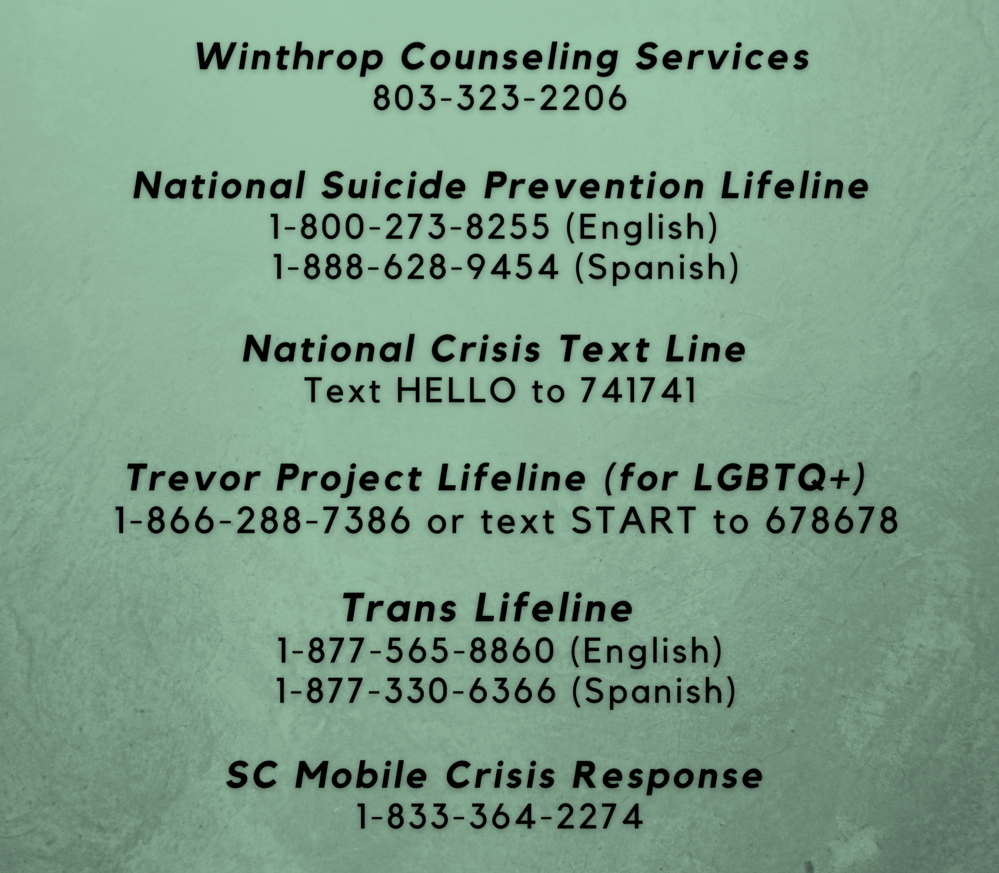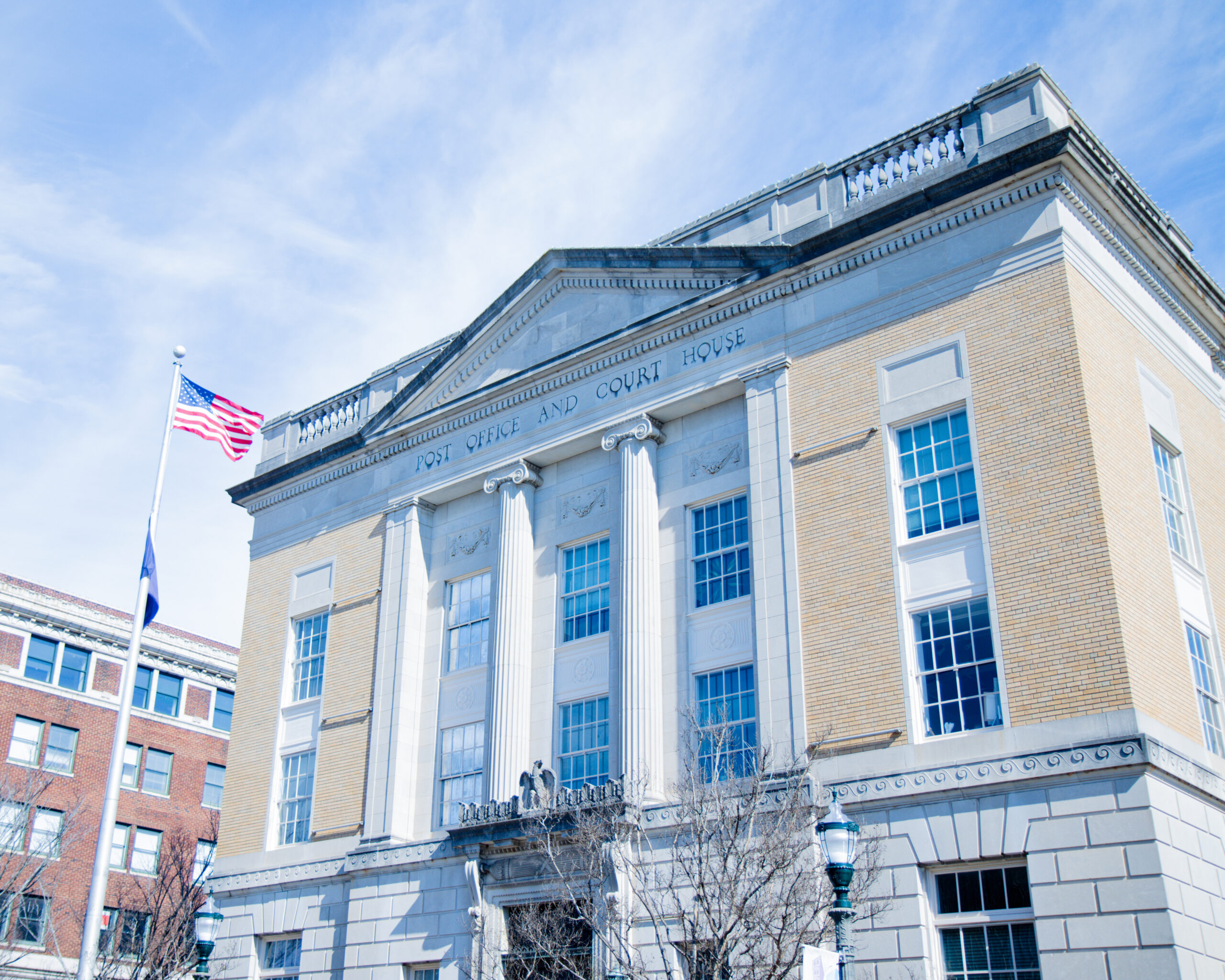Suicide rates nationwide in 2020 varied amongst races, ages and socioeconomic groups, according to a study done at Johns Hopkins School of Medicine in Baltimore, Maryland.
“The coronavirus pandemic has exacerbated racial divides in health care in numerous ways, and a new study reveals yet another: Suicides among Black people doubled during COVID-19 lockdowns, while suicides in white individuals were cut in half during the same period,” wrote Denise Mann in a US News article on the study published on Dec. 17, 2020.
People in lower socioeconomic levels experienced most of the hardships brought about by the pandemic. Being that lower socioeconomic classes are mostly made up of people of color, due to the racial divide in the United States, people of color experienced the most job loss, health problems and other pandemic-related obstacles during 2020. And these factors resulted in higher suicide rates.
“I like to look at it from a demographic standpoint,” said Kwabena Sankofa, MS, EdS, PhD, a training coordinator and staff counselor at Winthrop University. “For African Americans, mostly, and also the Hispanic population, there is a lack of access to medical care…somewhere between
40 and 50 million people don’t really have access to insurance, so they can’t afford medical help, and the jobs that they do have do not provide that kind of a benefit.”
The stress that comes from a lack of job security and a lack of access to medical care can often result in mild to severe depression. This circumstance is most commonly found in people of color during the pandemic but has also been a common occurrence throughout history.
“Because of the history of Black people in this country, many fear getting involved in taking the vaccine. This is because of the Tuskegee University experiment,” Sankofa said. “That was an experiment on syphilis and African American subjects were part of the experiment and they were
not told before and educated as to what was involved in this experiment and they got sick, and it really affected their lives and their health, and it was a big deal.
“For a lot of African Americans, they don’t trust the vaccine so they are often the last ones to even try to get any kind of vaccination.”
Pandemic-related mental health obstacles reach far and wide when it comes to various demographics; there is a major overlap between people of color and young adults.
“When it comes to age, young adults with mental health problems are of concern,” Sankofa said. “Up to 75% of young adults starting from August of last year have been negatively affected by the pandemic…As for
suicidal thinking or suicidal ideation, it’s young people again. 25.5% of young people are having thoughts of suicide.
“When it comes to ethnic groups, we know that those people who are at the
low economic level are affected most by this whole thing and then the age groups [within the ethnic groups], particularly, young adults have it very difficult. When we look at differences between Caucasians, African Americans and Hispanics, we know the vast majority of Caucasians have means and resources to actually receive services.”
Suicide rates are currently at their highest amongst young people of color
because many people in that category are tasked with navigating tight finances, lack of access to medical care and nuanced online education during a pandemic.
“For public school students and for college students…social distancing is huge,” Sankofa said. “We’re seeing students coming in to us, and one of the first problems that they have is not being able to get out there and be with friends and do activities together. That part of their lives has been taken away from them, and they have been finding that pretty difficult to deal with.
“As human beings, we are essentially social beings, and we find that with
depression, one of the main symptoms is social isolation. From the moment a person withdraws, they start losing energy and gaining fatigue, loss of motivation and lethargy.”
Adjusting to online education has had a severe strain on mental health for many young adults.
“Our students are concerned with this new modality of virtual education, where they have to learn by computer from a distance, and they’re having a very, very difficult time with that,” Sankofa said. “For example, for college students, with this hybrid way of learning and the asynchronous type of learning, they get the material, sit in front of the computer and the professors are not there and it damages their mental health.
“They have to do far more work than they would normally do if it was in-person…College students are developing this feeling of being trapped because they’re all in their room and they feel like they are in a jail situation, because they don’t experience that sense of freedom.”
The pandemic has expedited the stages of depression for many people, mostly young people of color. In the span of 2020 alone, many experienced isolation that led to the development of negative self-image, then substance abuse, then hopelessness, then suicide.
“The negative feeling about one’s future and the world around him or her starts with the negative feeling about oneself. An example of this is, ‘I am worthless, I am totally a failure. The world is bad. Nobody loves me. I will always be like this. I will never get good at anything.’ Then their depression goes from mild to moderate to severe, then really severe,” Sankofa said.
“A large group of people who are suffering from depression or anxiety, and alcohol abuse, are people who have been exposed to these mental disorders before the pandemic. And the pandemic situation has exacerbated depression and it moved from maybe a mild or moderate case to more severe, especially when you take into consideration all the factors [such as] social isolation, feeling trapped and unemployment.”
Winthrop University’s counseling services did not see a significant change in the number of students who attended counseling during the pandemic.
“We are just about at the same rate of students that we’ve been seeing over the years and maybe even a little less,” Sankofa said. “Now the question is why?
“First of all, privacy. They believe that they lose their privacy. Once they get involved in remote counseling, they might be in their room, on campus, or might be off campus with a roommate and privacy is so important…The
other thing is sometimes the Wi-Fi is so bad that they can’t really make
a true connection and they feel a sort of incompetence because they feel
unskilled with using the technology.”
Because the pandemic has exacerbated mental health issues, many students find themselves less willing to come to counseling.
“Also, sometimes the more severe their problems are, the less likely it is that the student wants to come to deal with it in counseling,” Sankofa said.
According to the American Foundation for Suicide Prevention, suicide is the tenth leading cause of death in the United States. Suicide rates have been steadily increasing since 2009, with a significant spike in 2020.
For Winthrop University students who are experiencing negative mental health symptoms and/or suicidal thoughts, counseling services offers virtual appointments as well as group sessions. Call Health and Counseling at 803-323-2206.
Please reach out if you find yourself to be part of the millions of
Americans whose mental health issues have been exacerbated as a result of
the pandemic.




